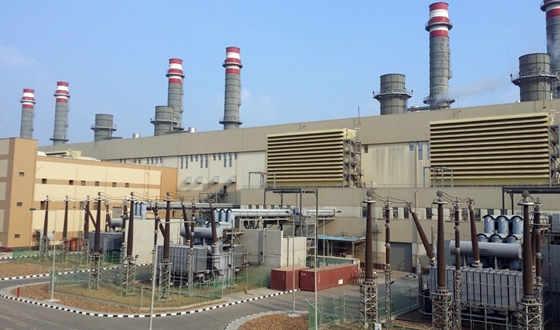The demand for power in Egypt will increase in the medium and long term. According to BMI research, total electricity generation will grow 4.46% in 2016 as the government brings gas and coal capacity online to overcome chronic power shortages.
New power projects are moving forward and have received financial assistance from various global institutions. Thermal, renewable and nuclear power projects are all set to be developed to meet growing demand. These investments are the result of greater political stability and improving economic outlook.
Egypt's power sector is enduring an exceptionally challenging period. Persistently high demand for energy, driven in part by the country's generous regime of energy subsidies, has weighed heavily on Egypt's ageing electricity infrastructure, which has struggled to keep pace with a growing need for energy.
With economic growth hinging on the provision of adequate and reliable power to vital sectors (ranging from industry and agriculture to tourism and transport), the expansion of Egypt's electricity infrastructure has long been a key priority for the government.
An ambitious power sector investment program was implemented over two phases from 2002-2012, adding 18,850MW of new capacity. However, with persistent power shortages continuing to blight the sector, the issue has gained even more prominence since the beginning of 2015, forcing the government to take urgent action. In May 2015 the government declared a 'state of emergency' to prepare for the surge in demand that generally accompanies the summer heat, and launched the first phase of a plan to urgently upgrade the country's generating capacity.
In some respects, the sector's problems have created an opportunity for the government to prioritize badly needed investment and push ahead with necessary reforms. In February 2015 the cabinet approved a law privatizing electricity production, distribution and transmission. The law aims to move the state towards a regulatory role and away from directly managing the electricity sector.
The law will introduce rules to allow free competition in the production, transfer, distribution and sale of electricity, and will separate the transport, production and distribution of electricity. The most significant change in the new law is that transmission and sales will be opened to the private sector, creating attractive terms for investments in the power sector. The government has also begun reducing subsides, raising electricity prices for households, with mid-high usage by an average of 19% for the 2015-2016 fiscal year.
This is part of a five-year plan which began in the last fiscal year.
A new law on investment has also been passed with the intent to restore investor confidence, and attract new investments to Egypt through offering further incentives and guarantees to protect both local and foreign investors, removing obstacles, and streamlining the procedure.
The new law grants various non-tax incentives for projects, including those in the energy sector. Such incentives include payment facilities in relation to the price of the power required to operate a project or
Latest updates and structural trends
• A banking consortium consisting of Banque Misr, Bank Audi Egypt, Commercial International Bank, National Bank of Egypt, Arab African International Bank, QNB Alahli, Egyptian Gulf Bank, Ahli United Bank and AlexBank has offered EEHC a USD1.2bn loan to finance three power projects in the country.
• The European Bank for Reconstruction and Development (EBRD) has agreed to provide a USD200m loan to EEHC to build a 1.8 GW combined cycle gas-fired power plant in Damanhour.
• Rosatom and the Egyptian Nuclear Power Plants Authority (NPPA) signed an agreement to build a nuclear power plant. According to the agreement, Russia will build the nuclear power plant and also extend a loan to Egypt to cover the cost of construction. allocating government land at reduced prices. Under the new legislation, customs duties on imported equipment and machinery required for the establishment of a project have been reduced by 2% to 5%. Mechanisms of land allocation to investors have been made flexible, allowing sale of land to investors while payment by the investor may be postponed until operation of the project takes effect.
The long-term picture for Egypt has changed due to more investments being made across the power sector. However, in order for these long term investments to come into fruition, the country needs to maintain a stable and attractive environment.
• The African Development Bank (AfDB) is considering a loan of USD130m for a 200MW wind project. The loan will be provided for a USD440m project that is being developed by Egypt's New and Renewable Energy Authority and Masdar.
• Lekela Power is also looking to add more renewable power in Egypt and signed a pact to develop, own and operate a 250MW wind project in Egypt's Gulf of Suez.
BMI research
18 August






















































